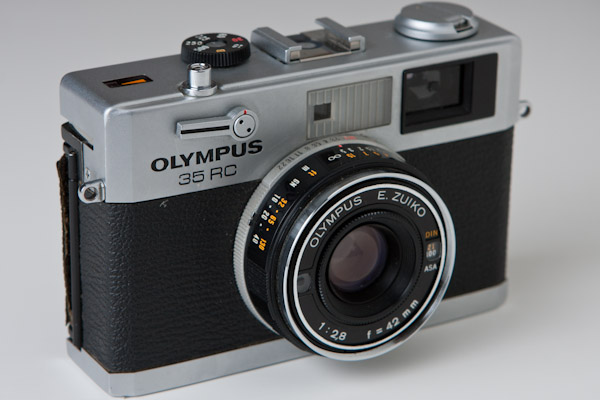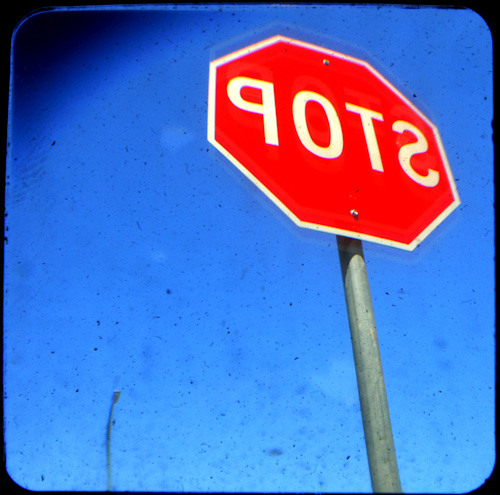What Will Happen To Your Digital Photographs When You Die?
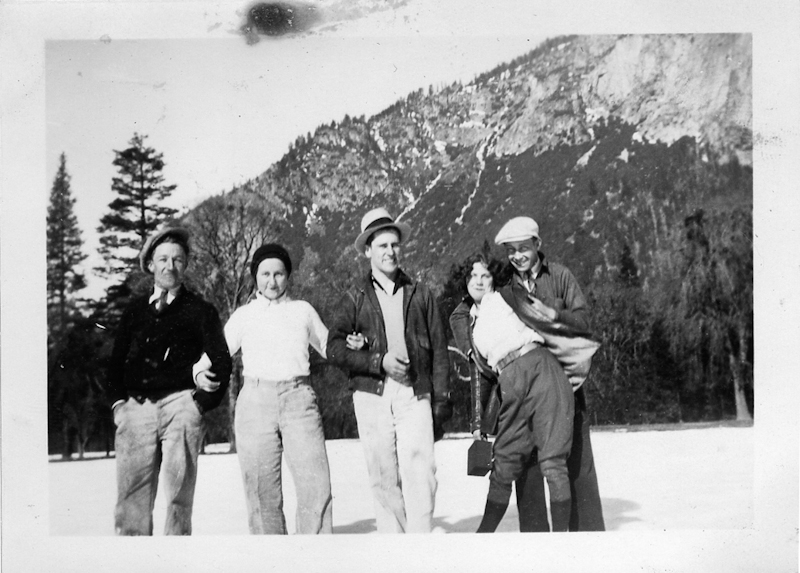 My wife's grandmother died a couple of years ago and at the time we spent a few days going through boxes and boxes of old photos including photos from Yosemite vacations in the 1930's (shown here) and the shipyards of Oakland where she worked during world war II.
My wife's grandmother died a couple of years ago and at the time we spent a few days going through boxes and boxes of old photos including photos from Yosemite vacations in the 1930's (shown here) and the shipyards of Oakland where she worked during world war II.
As we shifted through decades upon decades of memories, it got me thinking about all of the photographs been taken today all around the world. In this digital age a lot of the photographs only exist as photographs as long as the power is on. When the power is turned off, those photos don't exist as photographs anymore. There are just bits of data on a disk indistinguishable from brown bread recipes written in Notepad and Excel spreadsheet shopping lists.
So what will happen when you pass on and the power is switched off forever?
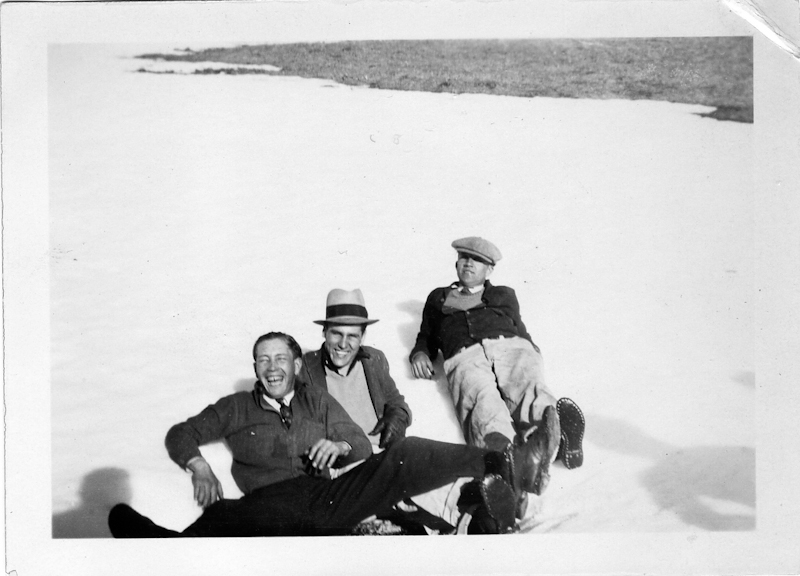
Well, One of the first things that will happen is that your credit cards will be cancelled. What this means for your photographs is that eventually your hosting provider won't be paid and they will start to shut down your blog and website accounts. Also, eventually your domain names will go unrenewed and will start to point to landing pages at Go Daddy or whoever your domain registrar is.
In addition to this, because you have stopped paying, your Flickr account will lose its "pro" status leaving only the last 200 uploads on view.
At home, your computer will eventually be turned off. Since it is probably already obsolete, it may be moved to garage, thrown in the trash or recycling or possibly donated to charity.
Those spare hard drives or boxes of DVDs you diligently backed up to probably won't mean anything to anyone else so they may be tossed or recycled. It is probably unlikely anyone is going to go through them all to find anything of value beyond your financial data and tax documents.
So basically, it is very possible your photos will be lost forever.
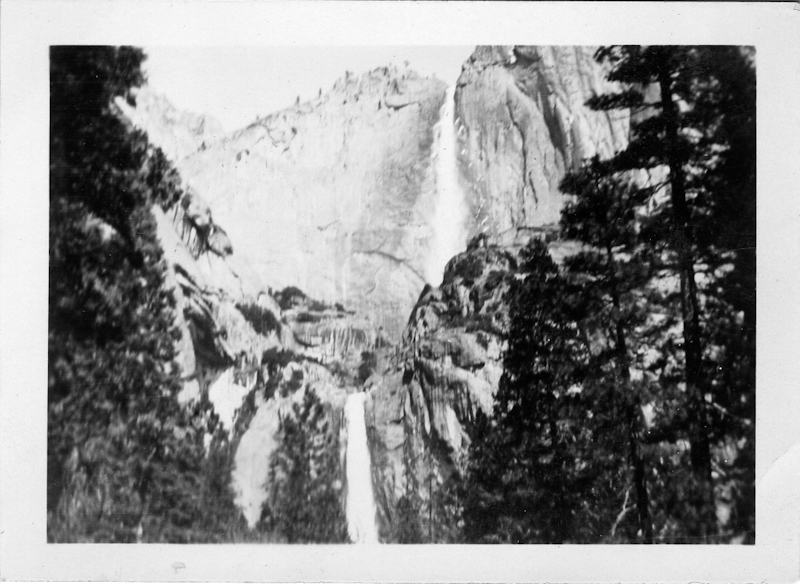
So what can you do?
Personally, I don't care if my "art" photographs are lost or forgotten. But what I don't want lost are my "memories". By that I mean my vacation snapshots with my wife. The photos of New Years Eve with my friends. The photographs that document who I was, who I knew and what I did.
So a few years ago I started to make prints. After every vacation or event, I'd pick 30 or so photos to make 4x6 inch prints on mpix.com. I then put them into small photo albums picked up at Target. Yes, it's all very old school but there is something special about holding a print. Some people say a photograph doesn't exist until you can hold it in your hand and I am inclined to agree. Even now I enjoy going back through the albums and looking at photos from a trip to Spain in 2003 or my honeymoon in Maui.
So what is going to happen to your digital photos when you die?
Yurakucho Station
Tokyo Underground
Testing Nik Software's Silver Efex Pro
For my digital photography, I downloaded a demo version of Nik Software's Silver Efex Pro which is a plug in for Photoshop, Lightroom or Aperture that can be used to create black and white photos. Not sure if I will buy the full version (it costs $200) but it is very easy to use and gives pretty good results right out of the box.
A Look Back On The Past Year In Digital
Most of the photographs I post to this blog are taken on film. But I do take photos using digital cameras also and here is a look back over the past twelve months as seen through the lens of my digital camera.
If you are viewing this post in a feed reader, click here to go to the blog page and see the photographs as a gallery.
Behind The Scenes At A Horse Portrait Shoot
POTS
Is The Future Is Digital After All?
At Photokina in September 2008, LSI announced that "The Future Is Analogue". Yesterday LSI released lens adaptors that allow you to attach their Diana+ lenses to EOS and F mount cameras including Digital SLRs.
So, if one of the more famous of the film proponents is jumping on the digital train, is the future is digital after all?
Dog
Ventana Con Gato
Yosemite Valley
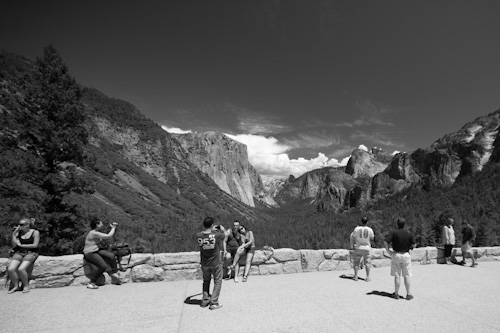 The view of Yosemite Valley from "Tunnel View" is one of the most popular (and probably most photographed) vistas in Yosemite National Park. Being an easy 10 minute drive from the valley floor along route 41, it is a great place to get in touch with your inner Ansel Adams.
The view of Yosemite Valley from "Tunnel View" is one of the most popular (and probably most photographed) vistas in Yosemite National Park. Being an easy 10 minute drive from the valley floor along route 41, it is a great place to get in touch with your inner Ansel Adams.
The large monolith, left of center, is El Capitan and in the distance is Half Dome.
More Information on the New Olympus
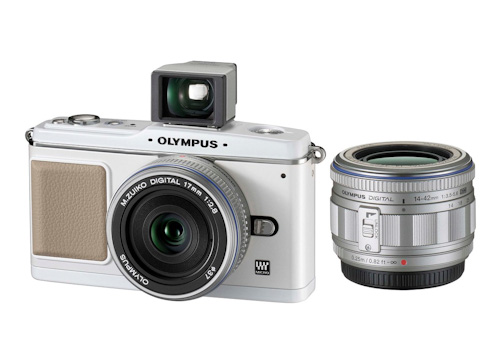 43Rumors has more information on the new Olympus E-P1.
43Rumors has more information on the new Olympus E-P1.
Supposedly, all will be revealed tomorrow (June 16th).
Link: 43Rumours
Update: The camera is officially announced now.
Olympus Pen Digital Photos
Some photos of the new Digital Pen (E-p1) have been posted.
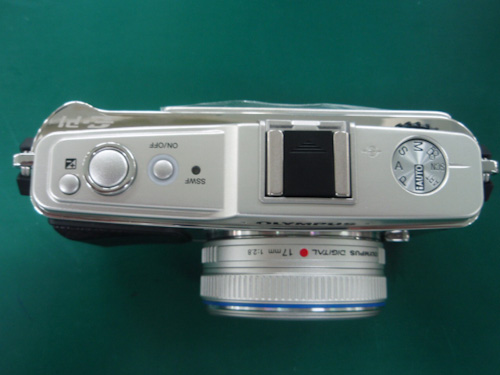
From the photos it looks like it will come with a 17mm f/2.8 lens
You can follow the official release on the Olympus web site.
Link: xitek.com [via The Online Photographer]
Retro Olympus Micro Four Thirds On The Way?
 I read today on Gizmodo that it looks like Olympus will be releasing a new Micro Four Thirds format DSLR this summer with an announcement on June 15th.
I read today on Gizmodo that it looks like Olympus will be releasing a new Micro Four Thirds format DSLR this summer with an announcement on June 15th.
While I don't know for sure what the specs are, I hope it looks like the retro rangefinder looking one in this photo taken at Photokina last year.
Link: Gizmodo
Update: Olympus Teaser.
Digital LOMO - Has Hell Frozen Over Again?
In October 2003, Apple proudly announced "Hell Freezes Over" with the launch of the iTunes Music Store for Windows. The unthinkable had happened. Apple was making software for their arch enemy's operating system and the world was coming to an end. So with the recent announcement by Lomographic Society International that they will move into the digital photography realm, is there a cold front moving through hell once again?
For those that don't know, Lomographic Society International (LSI) is a company based in Austria that sells photographic equipment and accessories. They started out as a distributor for cameras they bought on the cheap from Russian optics company LOMO but over the years they started to create their own plastic "toy" cameras and even created a replica of the famous LOMO LC-A when the LOMO company stopped producing the camera themselves. The one thing that distinguished LSI from many other camera retailers was that they only sold film based cameras.
Long bashed (hated even) for what some people perceived as inflated prices and alleged aggressive marketing techniques, LSI was often defended in online forums because "they helped in the sale of film." With the rise in digital photography, many other retailers were pushing their film offerings to the bargain bin in the corner of the store but LSI continued to promote film photography as something trendy and chic and here to stay. Their marketing techniques were quite successful with a whole generation of users who grew up with digital cameras but were now making the switch to film based photography. LSI coined the phrases "Lomography" and "Lomographer" and the Urban Outfitters crowd all wanted to be a part of the scene.
LSI wasn't the only company focusing on film of course, but they were one of the more succesful companies in enticing young people into film photography for the first time and older photographers back after their switch to digital technologies.
But is all that now about to change? With the recent LSI announcement about the introduction of a new digital camera, it would appear so.
Called the LC-D, this new compact digital camera is based on the iconic LOMO LC-A. In fact, it uses the same body as the LC-A+, the lC-A replica manufactured by Phenix Optical Company. The new camera has a 7.1 megapixel sensor and has built in x-pro, B&W and "enhanced vignette" modes. Unlike regular compact digital cameras, the LC-D still uses the zone focus mechanism of the LC-A and also allows double exposures like it's film based cousin, the LC-A+.
This isn't the first time a predominently film based company dipped their toes into the digital pond. In May 2008, another film hold out, Unsaleable.com, sent a newsletter via their Polanoid.net website announcing a new digital printer from Polaroid called the PoGo (see the newsletter here.) "horrid, horrid from Polanoid.net" stated one post in the Polaroid Flickr group but it was easy to see why Unsaleable were looking at the PoGo printer. When Polaroid announced that they would stop making instant film, the end for Unsaleable's business was in sight. With only Fuji making instant film for a limited number of cameras, the bulk of the business would have ceased to exist due to lack of supply.
However, rather than heavily investing in digital photography, Unsaleable, now called Polapremium, instead invested in last run lots of various Polaroid film types and have been very successful in keeping analogue Polaroid film alive, at least for now.
In the LSI case the situation is different. It is difficult to see exactly what the motivation behind the LSI move. There is currently no problem with 35mm or 120 film supply. It is true that some manufacturers are stopping production of specific film products but there are still plenty of brands available. Some new lines have even been introduced in recent months. Perhaps this is a way for LSI to increase their market share again. With a digital option now available for both existing and would be "Lomographers", there is no longer a reason to buy the more confusing film equipment to be part of the Lomography club. If you can be part of the same tribe and get the same effects without having to send your film off to be developed, why spend the time and money on the older cameras?
Back in October 2003, the world did not end and hell warmed up quite nicely. In fact, iTunes changed the way many people obtain their music, their news and their TV. A positive change in my opinion. But I'm not so sure about this change. Hell freezing over is a long shot. LSI is not Apple in it's reach but there may be some minor changes in the world of film, and down at the Urban Outfitters store.
Update: OK, so this was an Aprils Fools Joke. Lame? Yes. But could it happen some day...?
